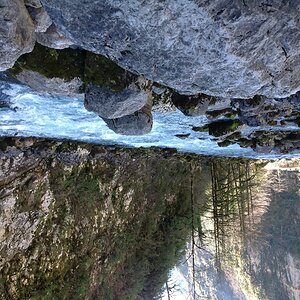Stosh
TPF Noob!
- Joined
- Jul 18, 2009
- Messages
- 203
- Reaction score
- 0
- Location
- Lancaster, PA
- Can others edit my Photos
- Photos OK to edit
I noticed this when I traveled to the West. In dry air like SE USA you guys already have cobalt blue skies. When you add the polarizer it almost looks fake - almost outer space like. Here in the east we have humidity and it's rare to have the deep blue skies like you guys have. Here it's almost impossible to have too much polarizing effect.anyone ever find their blue skies becoming far too dark when the polarizer has been adjusted to provide the darkest sky? Hard to tell in camera, but when viewing on a computer it's obvious, and difficult to get a normal looking sky back...











![[No title]](/data/xfmg/thumbnail/33/33447-c3f5563c9b8b1f19498a3062f60f92b1.jpg?1619735973)

